This little experiment shows us how the grains of salt and sugar are at a microscopic level, at first glance they are unrecognizable, for example if you see the image on the cover place two photos, one of salt and the other corresponds to a grain of sugar? The question is, can you tell them apart? I doubt it ... And it is that to see a difference we must enlarge the molecules and see them with more magnification! let's learn a little chemistry today!😎😎
Este pequeño experimento nos muestra como es a nivel microscopico los granos de sal y azucar, a simple vista son irreconocibles, por ejemplo si vez la imagen de la portada coloque dos fotos una de sal y otra corresponde a un grano de azucar? la pregunta es consigues diferenciarlos? lo dudo... Y es que para ver una diferencia debemos ampliar las moleculas y verlas con mas aumento! aprendamos un poco de quimica hoy!😮🤔
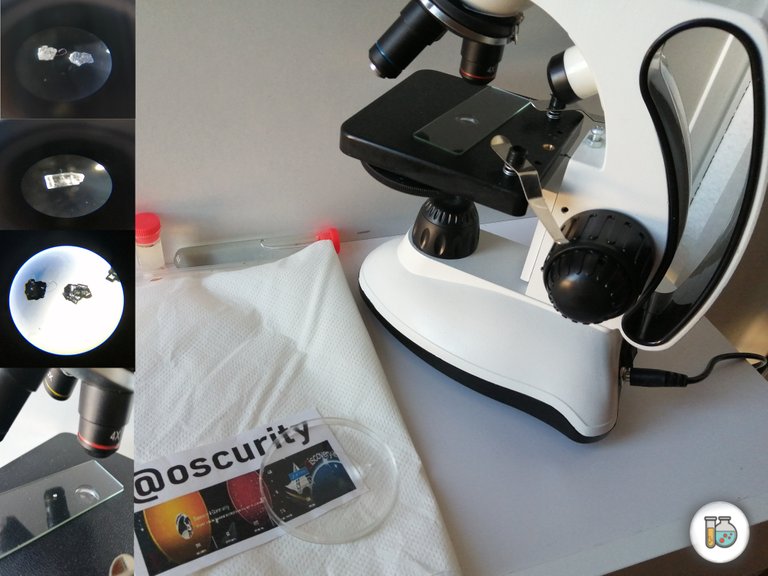
TABLE SALT?🙂🧠, SAL DE MESA👨🎓👨🏫??
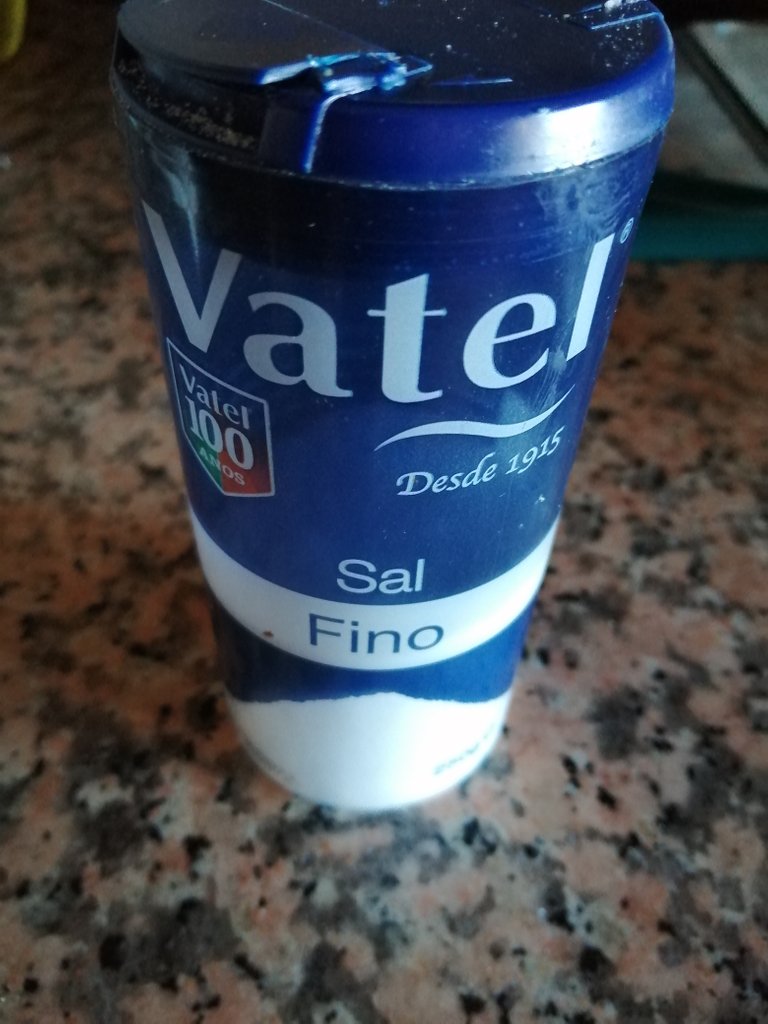
Common salt or table salt, popularly known as salt, is a type of salt called sodium chloride (or sodium chloride), whose chemical formula is NaCl. There are three types of common salt, according to its origin: sea salt and spring salt, which are obtained by evaporation; rock salt, which comes from the mining extraction of a mineral rock called halite, and vegetable salt, which is obtained by concentration, by boiling a grass plant (a method also used to obtain sugar from another grass plant) that grows in the Kalahari desert.😏😏😮
La sal común o sal de mesa, conocida popularmente como sal, es un tipo de sal denominada cloruro sódico (o cloruro de sodio), cuya fórmula química es NaCl. Existen tres tipos de sal común, según su procedencia: la sal marina y la de manantial, que se obtienen por evaporación; la sal gema, que procede de la extracción minera de una roca mineral denominada halita, y la sal vegetal, que se obtiene por concentración, al hervir una planta gramínea (método también utilizado para la obtención de azúcar a partir de otra planta gramínea) que crece en el desierto de Kalahari.😎🤔🤔

Salt is the only rock that is edible for humans, and it is possibly the oldest condiment. Its importance for life is such that it has marked the development of history on many occasions, and continues to move economies and is the object of of taxes, monopolies, wars, etcetera. It was even a type of currency. The value it had in ancient times has been reduced since its global demand for human consumption began to decline😋😋
La sal es la única roca que es comestible para el ser humano, y es posiblemente el condimento más antiguo. Su importancia para la vida es tal que ha marcado el desarrollo de la historia en muchas ocasiones, y sigue moviendo las economías y es objeto de impuestos, monopolios, guerras, etcétera. Fue incluso un tipo de moneda. El valor que tuvo en la antigüedad se redujo desde que comenzó a disminuir su demanda mundial para el consumo humano👨🏫👨🎓
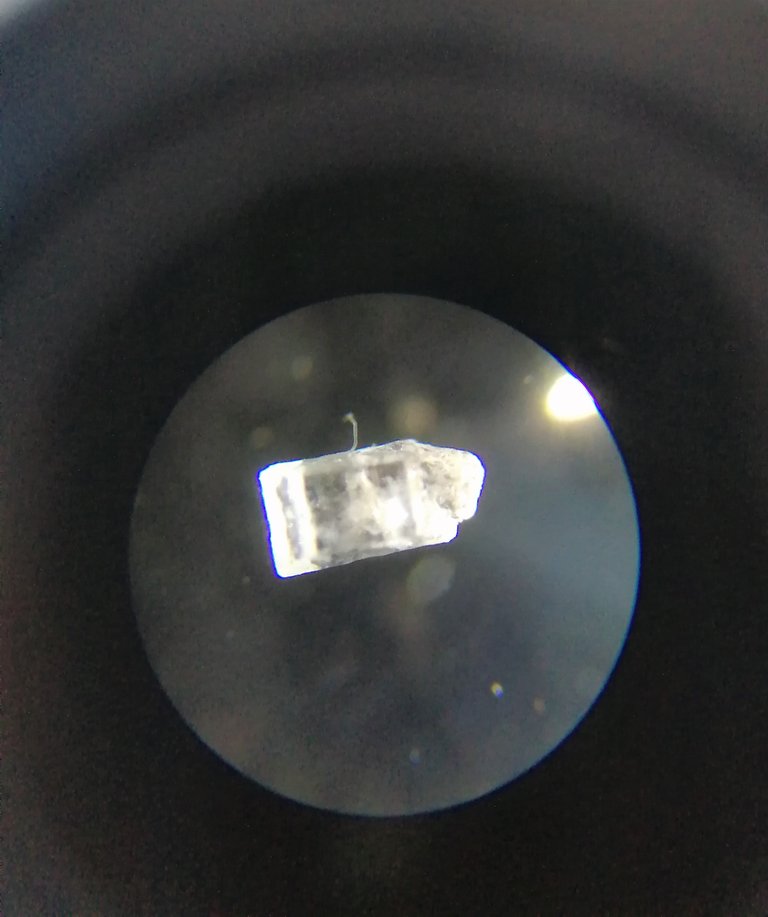
The shape of the salt crystals is a six-sided cube similar to a dice. Sugar crystals, on the other hand, resemble a hexagonal prism. The edges of the sugar crystals are often sharper. The shape of the sugar crystals can be estimated from looking at a piece of rock candy, which is made up of many sugar crystals grown and bonded together.🤩🤔
La forma de los cristales de sal es un cubo de seis caras similar a un dado. Los cristales de azúcar, por otro lado se asemejan a un prisma hexagonal. Los bordes de los cristales de azúcar son a menudo más agudo. La forma de los cristales de azúcar puede estimarse a partir de mirar un pedazo de caramelo de roca, que se compone de muchos cristales de azúcar cultivadas y unidas entre sí😏😏

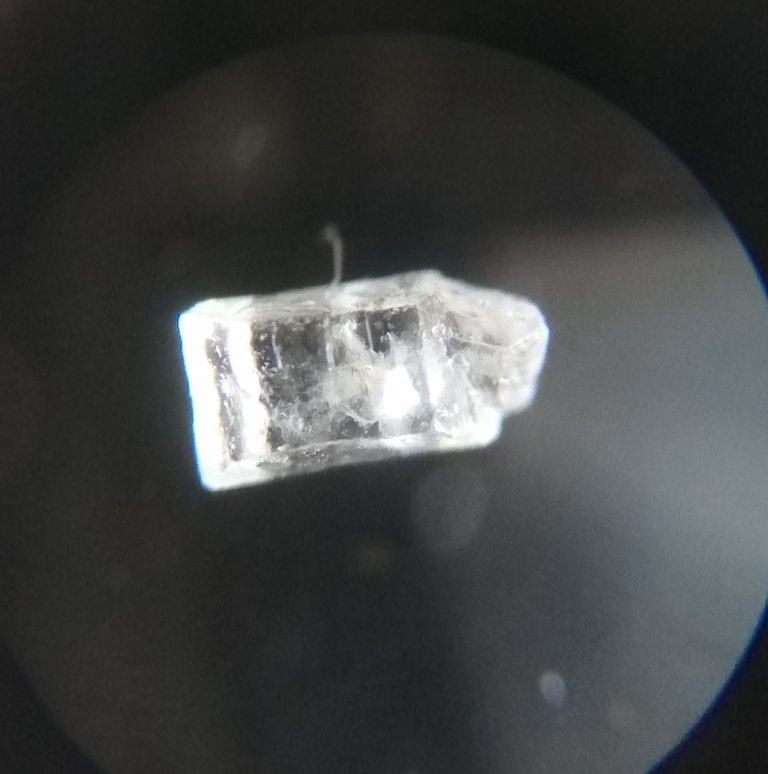
Salt takes on a cube-like shape because of the way its molecules are attached to each other. The ionic bonds of salt are very specific requiring a metal and a non-metal and this causes the molecule to be fixed in a regular crystal and repeat. Similarly, the shape of a sugar molecule is similar to a hexagon, but since it is not that particular about its bonding, this leads to sharper edges and a less regular shape.🤔🤔😏😶😮😗😆😄😃
Sal adquiere una forma de cubo como por la forma en que sus moléculas se unen entre sí. Los enlaces iónicos de sal son muy específicas que requieran un metal y un no metal y esto hace que la molécula a ser fijado en un cristal regular y repetir. Del mismo modo, la forma de una molécula de azúcar es similar a un hexágono, pero ya que no es tan particular acerca de su unión, esto conduce a bordes más nítidos y una forma menos regular.😮😮
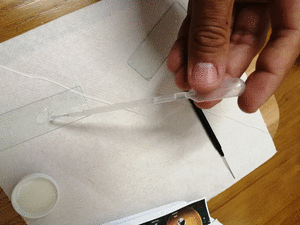
SALT DISSOLVED IN WATER?🙂🧠, SAL DISUELTA👨🎓👨🏫??
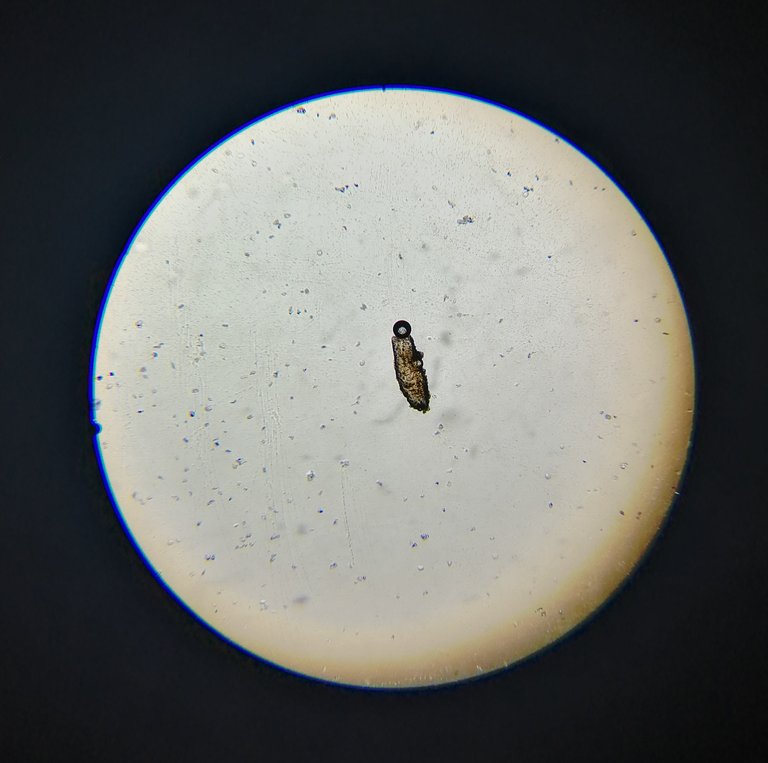
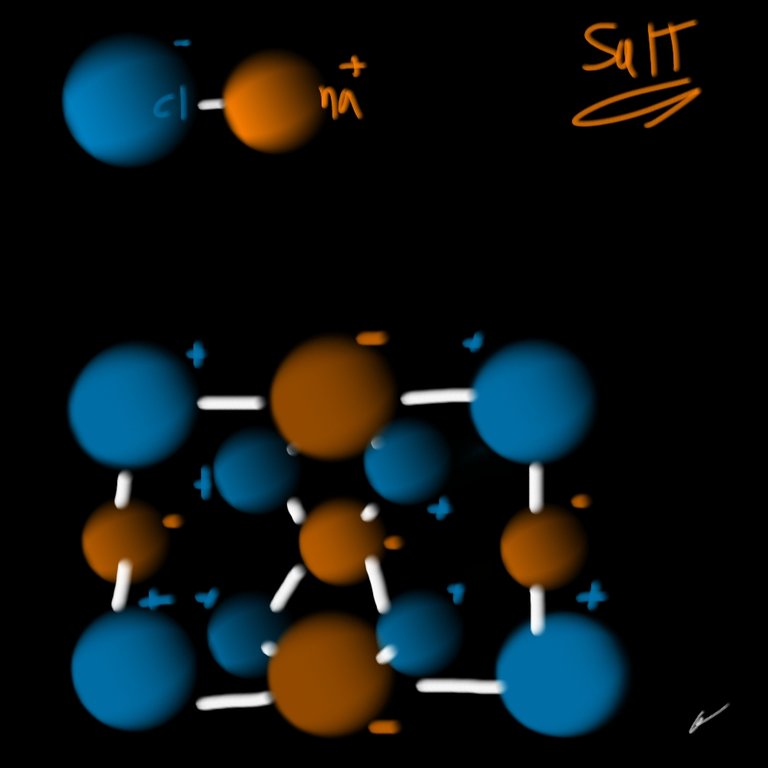
Salt is an ionic compound formed by a combination of Cl– and Na + ions, arranged in a crystalline structure in the shape of a cubic system. Sodium chloride (NaCl) has the same number of chlorine atoms as sodium and the chemical bond that unites them is classified as ionic between the ions: a sodium cation (Na +) and a chlorine anion (Cl–) , such that the empirical formula NaCl.😁😁
La sal es un compuesto iónico formado por una combinación de iones de Cl– y Na+, acomodados en una estructura cristalina con forma de sistema cúbico. El cloruro de sodio (NaCl) posee el mismo número de átomos de cloro que de sodio y el enlace químico que los une está clasificado como iónico existente entre los iones: un catión de sodio (Na+) y un anión de cloro (Cl–), de tal forma que la fórmula empírica NaCl.🧫🧫🔬🔬🧬

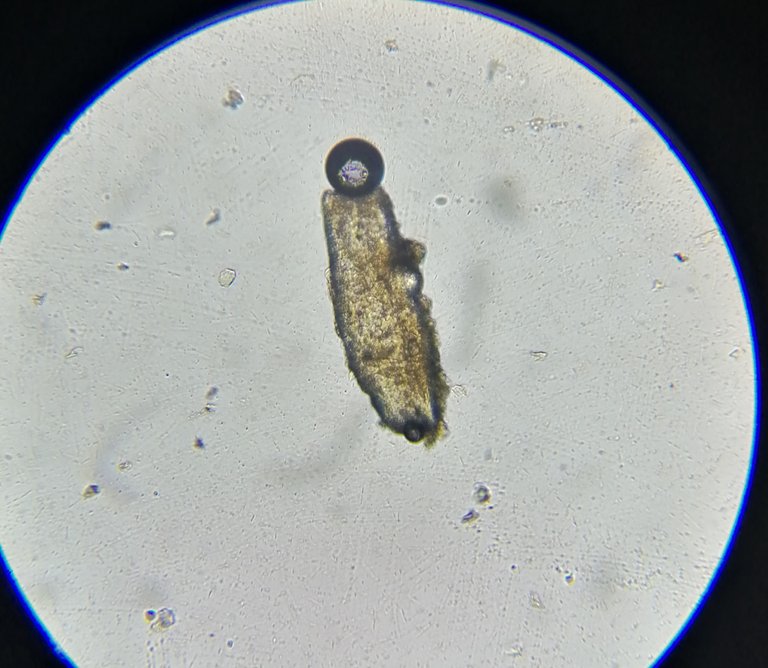
The crystalline structure formed by the two ions has less energy than the separate ions, and this is a guarantee of stability. NaCl has such a simple cubic crystal structure that it can commonly be found in crystallography books as a simple and pedagogical illustrated example of a cubic lattice.✨🎉🧨🎈
La estructura cristalina formada por los dos iones posee menos energía que los iones separados, y ésta es una garantía de estabilidad. El NaCl posee una estructura cristalina cúbica tan sencilla que puede encontrarse habitualmente en los libros de cristalografía como un ejemplo ilustrado sencillo y pedagógico de red cúbica.🧫⚗🔬
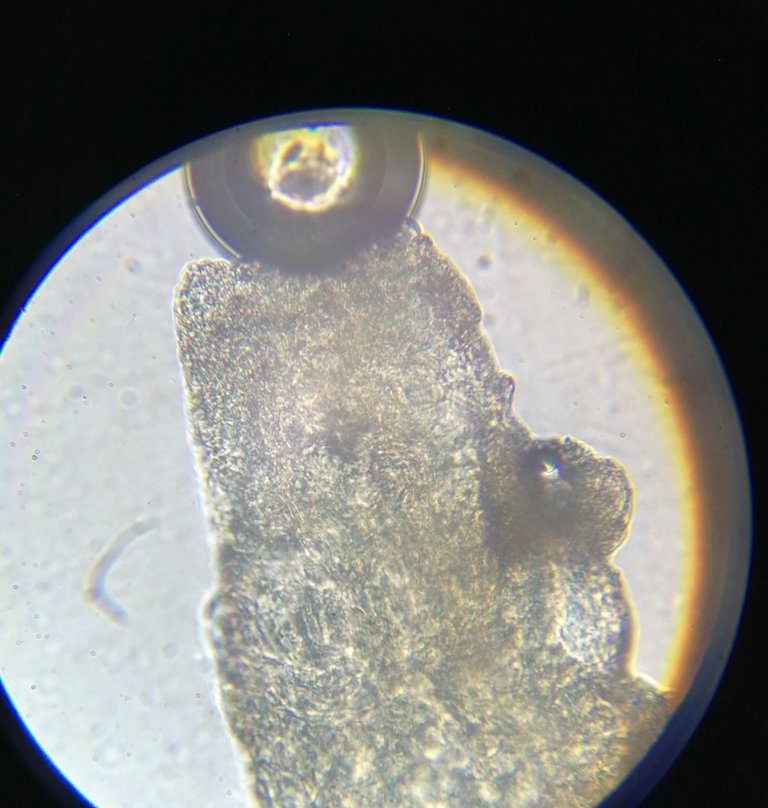
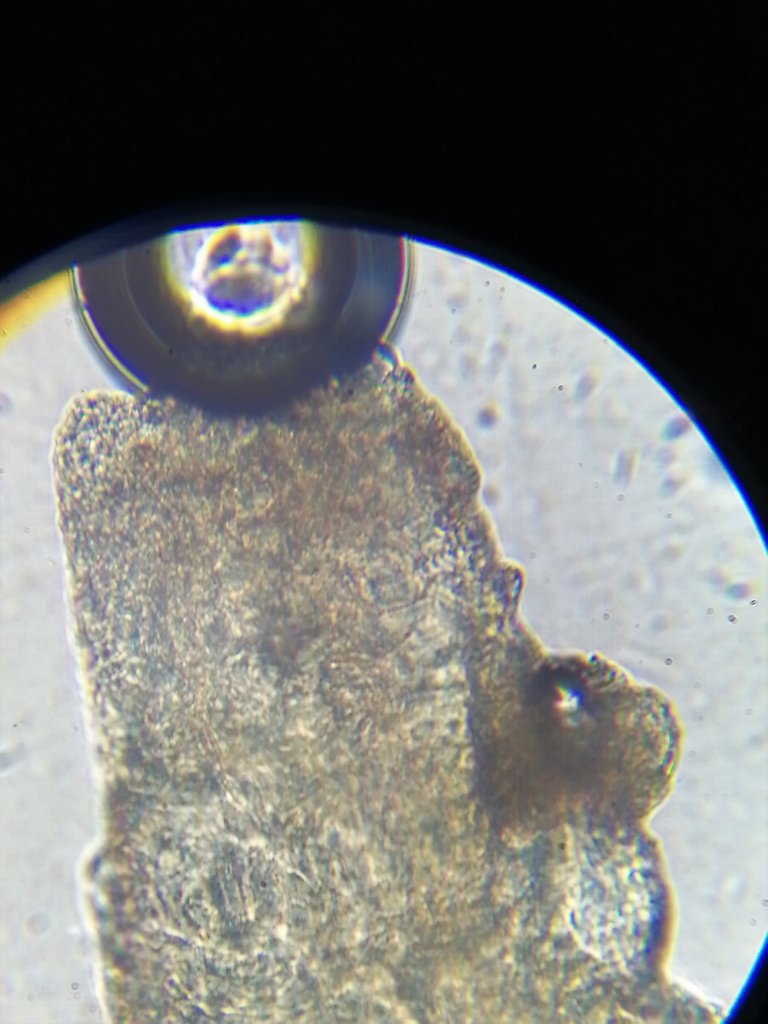
SUGAR?🙂🧠, AZUCAR👨🎓👨🏫??
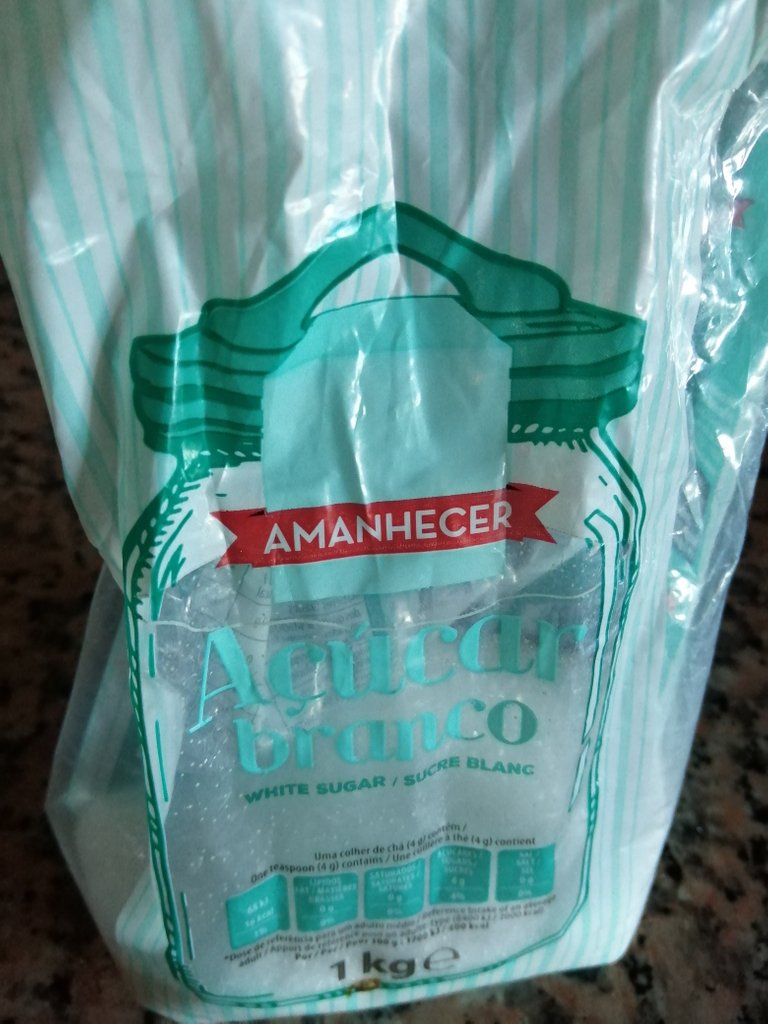
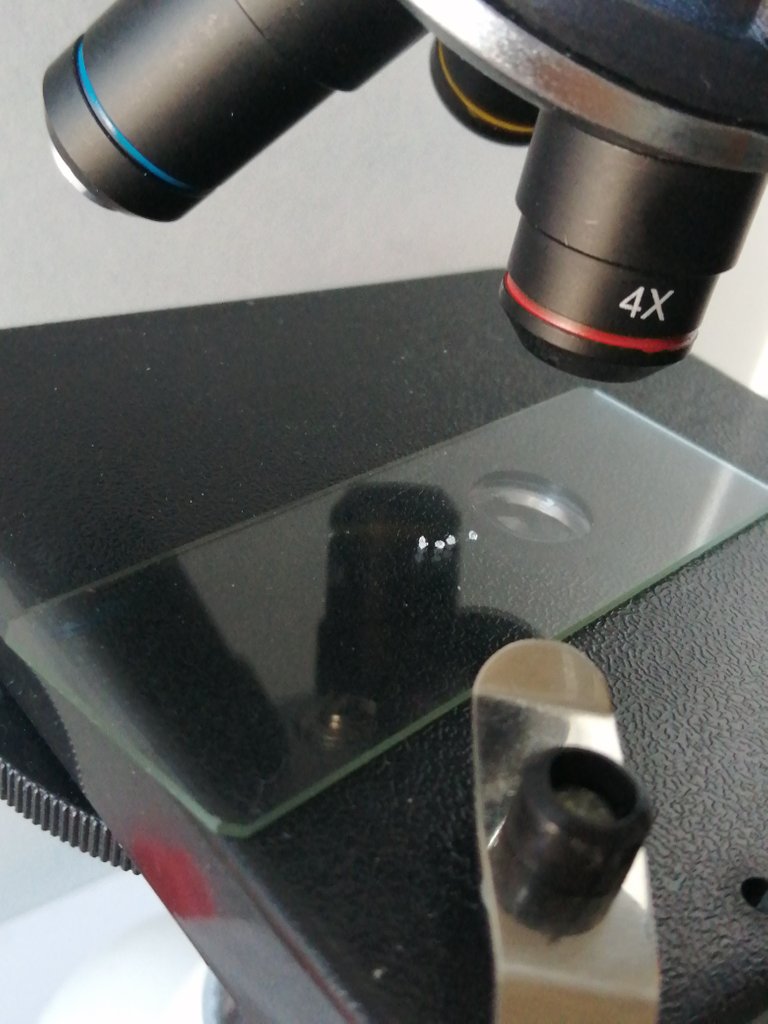
Use white table sugar that would basically be sucrose, as we can see with the naked eye we do not notice differences between the sugar and salt crystals, but let's take a closer look!😍😍
Utilice azucar blanca de mesa que basicamente seria sacarosa, como podemos ver a simple vista no notamos diferencias entre los cristales de azucar y sal, pero vamos a dar una vista mas de cerca!!!😗😗
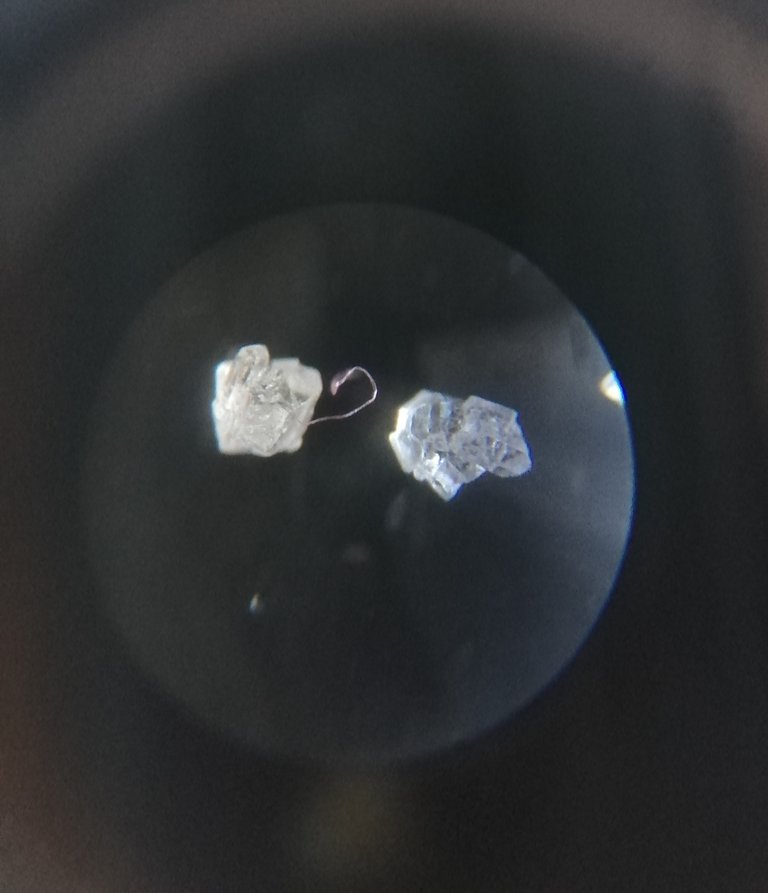
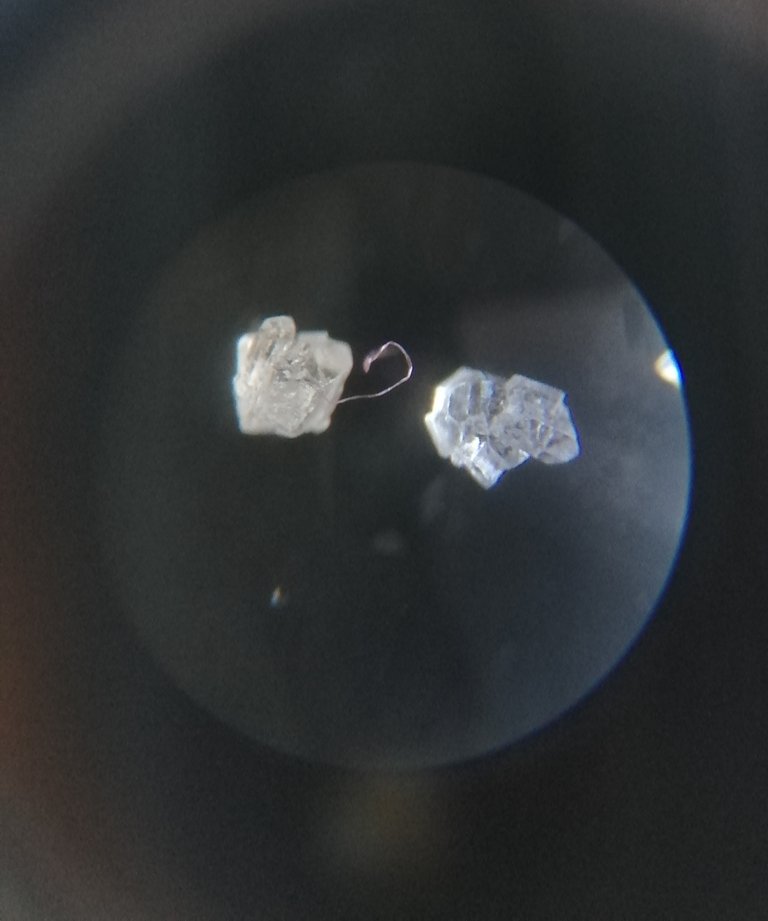
in the most widespread use of the word, sucrose, whose chemical formula is C12H22O11, also called common sugar or table sugar. Sucrose is a disaccharide made up of a glucose molecule and a fructose molecule, which is obtained mainly from sugar cane or beets. 27% of total world production is made from beet and 73% from sugar cane.😎😎
en el uso más extendido de la palabra, a la sacarosa, cuya fórmula química es C12H22O11, también llamada azúcar común o azúcar de mesa. La sacarosa es un disacárido formado por una molécula de glucosa y una de fructosa, que se obtiene principalmente de la caña de azúcar o de la remolacha. El 27 % de la producción total mundial se realiza a partir de la remolacha y el 73 % a partir de la caña de azúcar.😍😍


Sucrose is found in all plants, and in appreciable amounts in plants other than sugar cane or beets, such as sorghum and sugar maple. In industrial settings, the word sugar or sugars is used to designate the different monosaccharides and disaccharides, which generally have a sweet taste, although by extension it refers to all carbohydrates.🙂🙂
La sacarosa se encuentra en todas las plantas, y en cantidades apreciables en otras plantas distintas de la caña de azúcar o la remolacha, como el sorgo y el arce azucarero. En ámbitos industriales se usa la palabra azúcar o azúcares para designar los diferentes monosacáridos y disacáridos, que generalmente tienen sabor dulce, aunque por extensión se refiere a todos los hidratos de carbono.😮😮
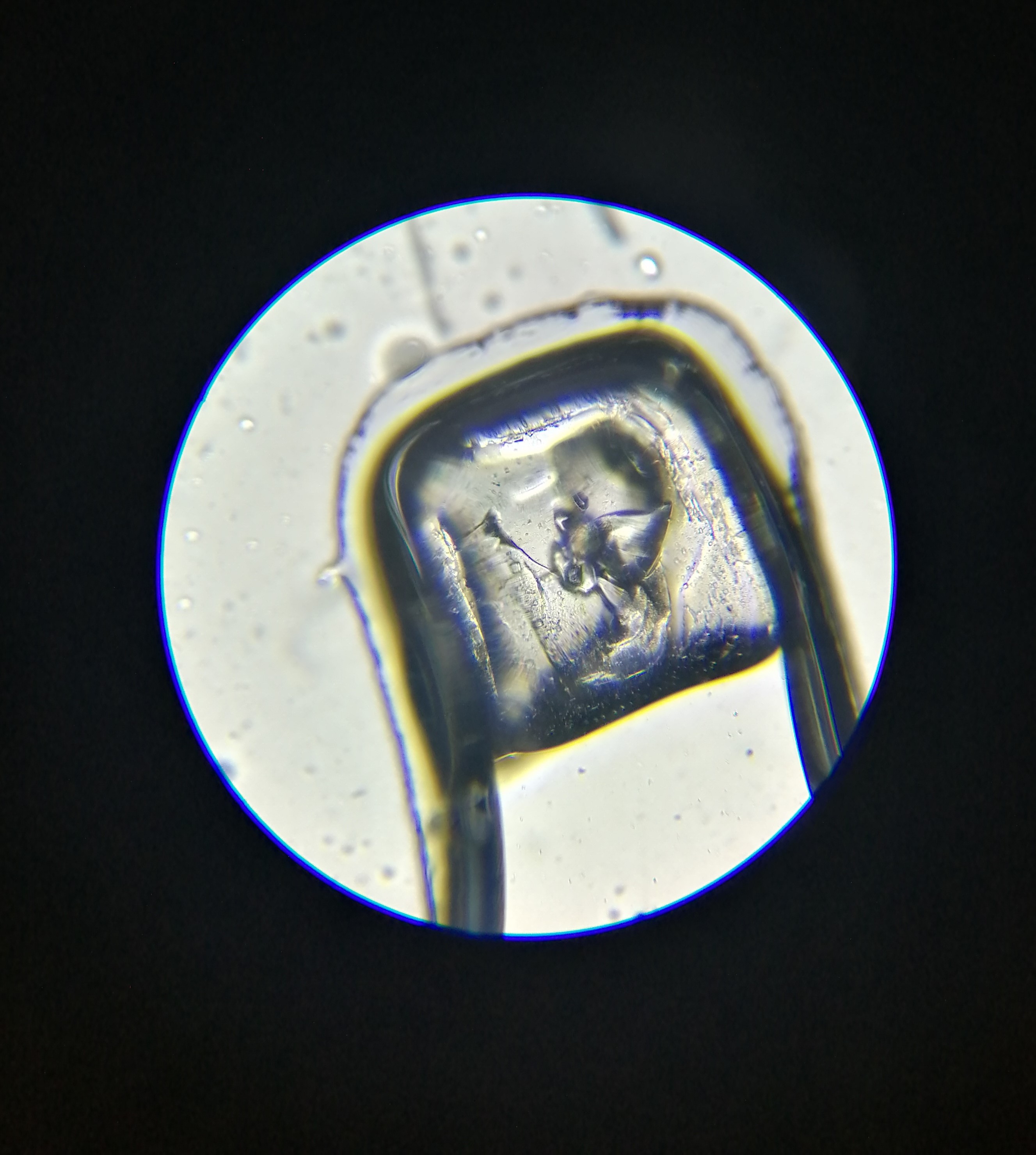
DISSOLVED SUGAR?🙂🧠, AZUCAR DISUELTA👨🎓👨🏫??
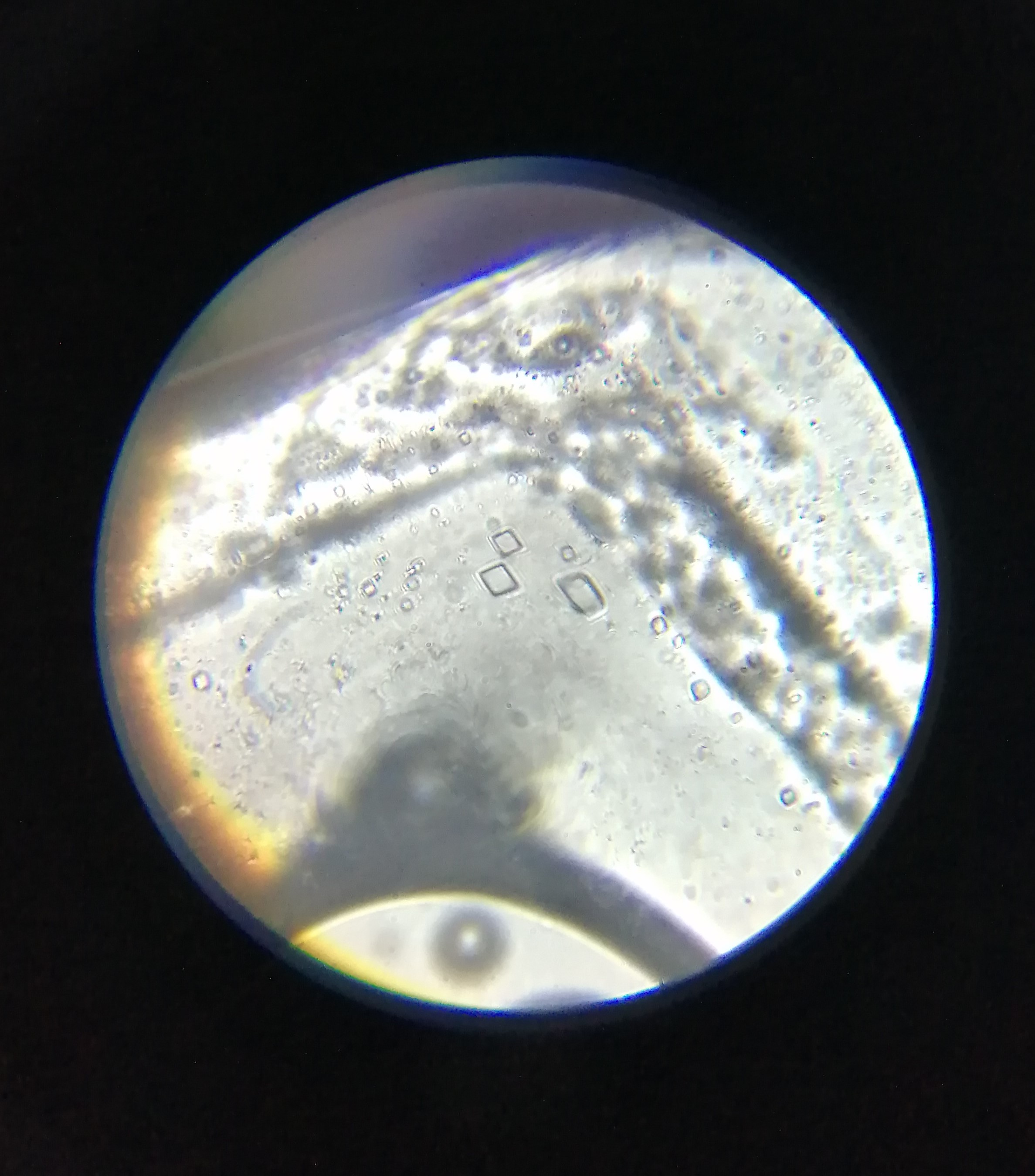
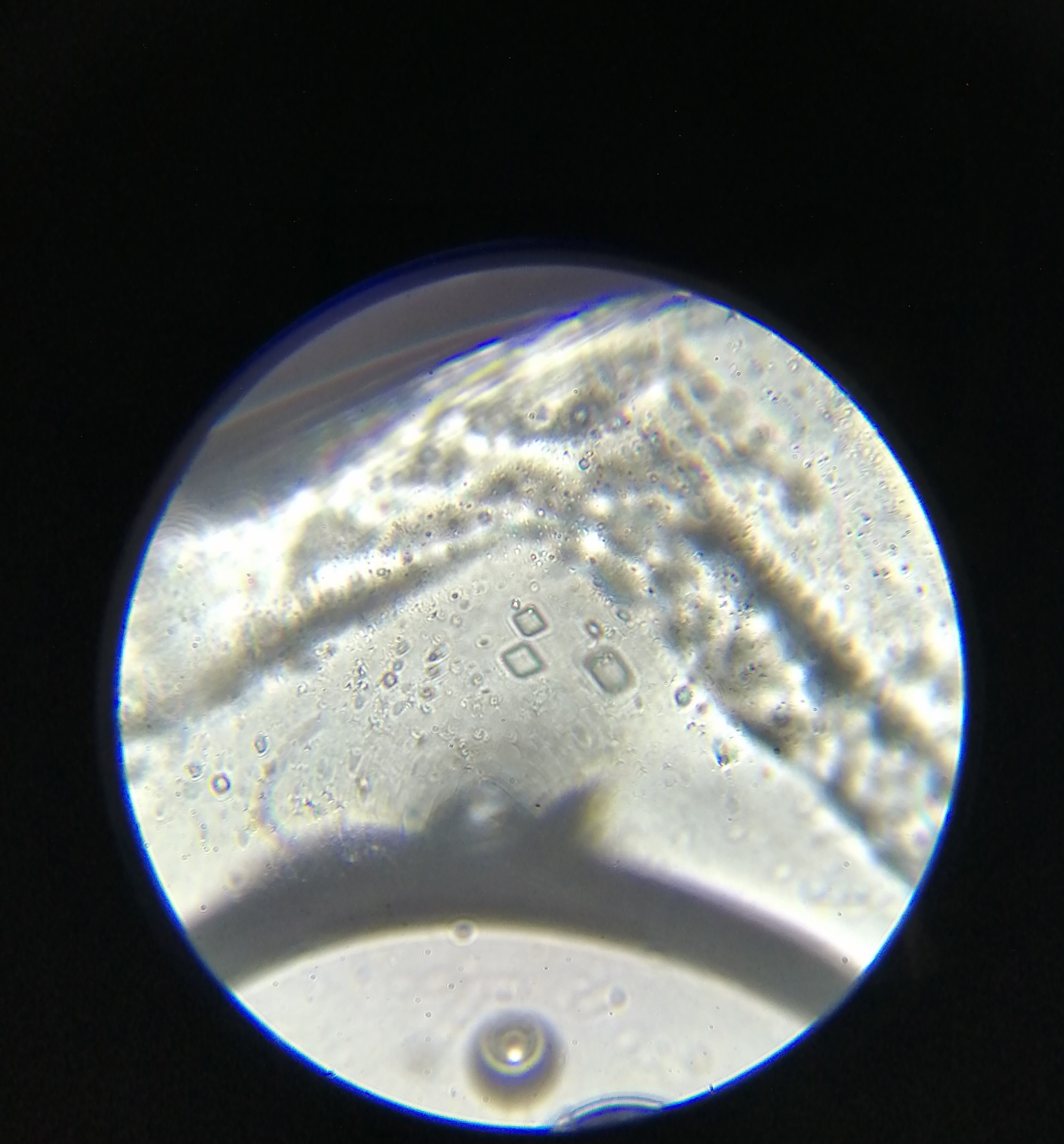
It is surprising that if there are differences in both crystals, how can you see here in the sugar there are some small cubes? do you see them? since they correspond to a reflection of how sugar is grouped molecularly.🤔😮😮
Es sorprendente que si hay diferencias en ambos cristales, como puedes ver aqui en la azucar hay unos pequeños cubos? los ves? pues corresponden a un reflejo de como se agrupa la azucar molecularmente.😶
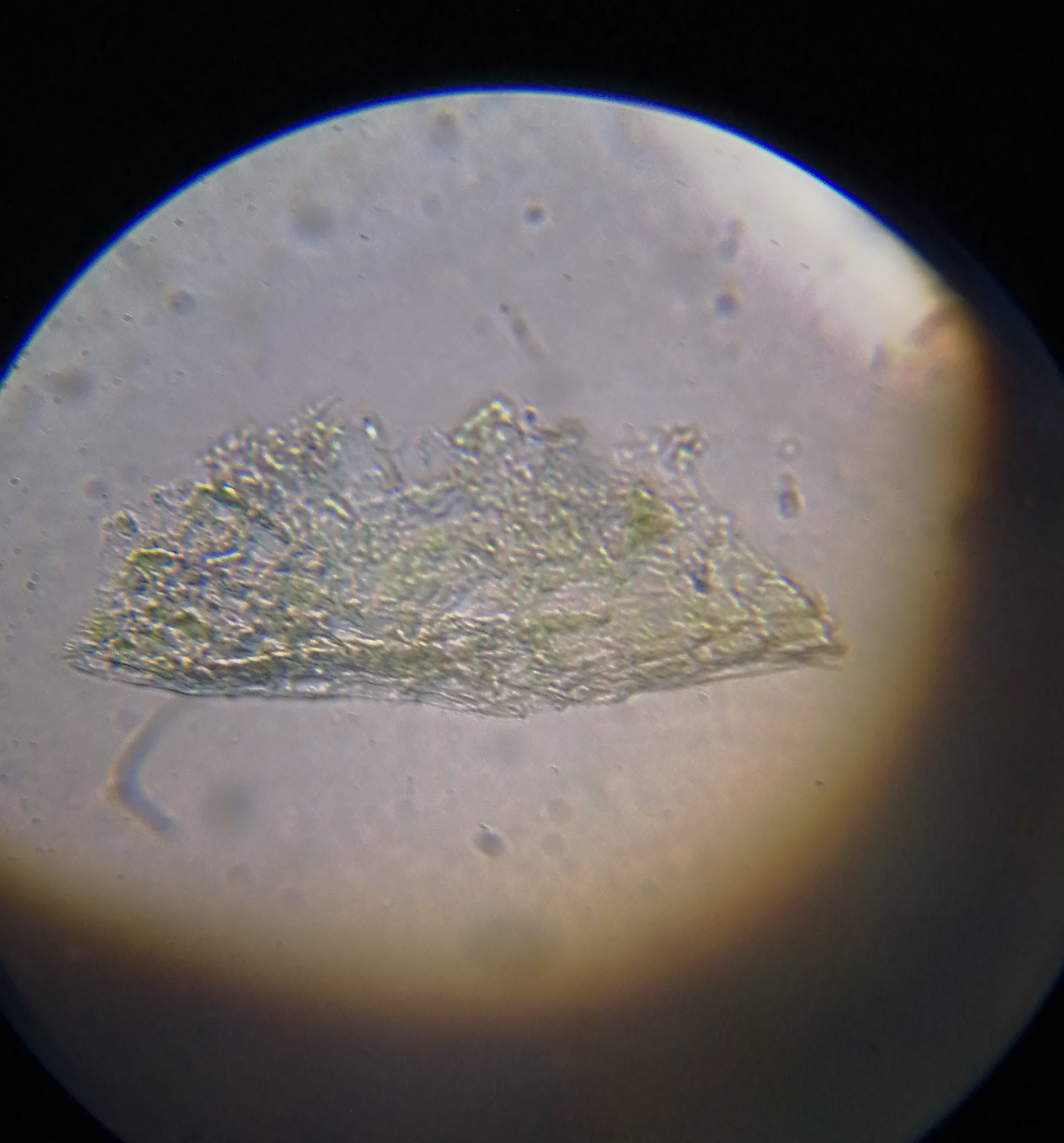

WHAT DO WE DISCOVER??🙂🧠, QUE DESCUBRIMOS👨🎓👨🏫??
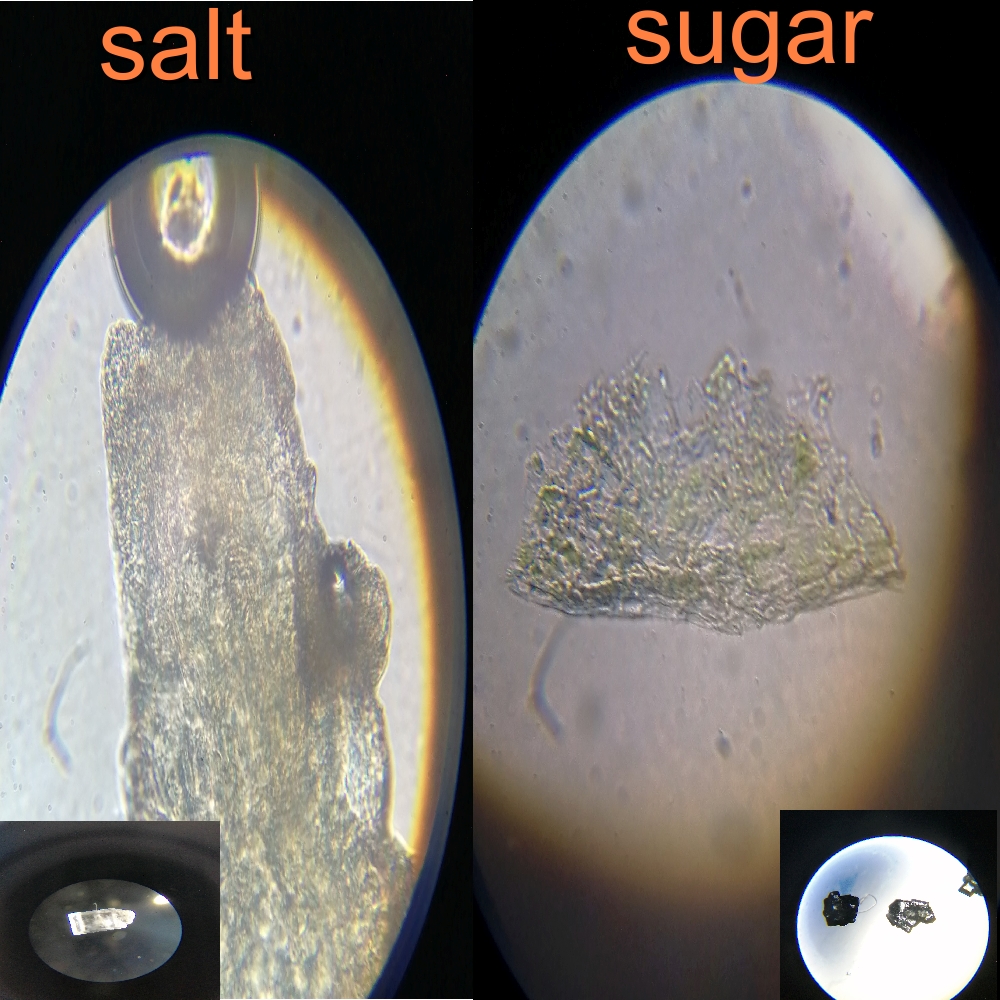
WOOW !!! BIG DIFFERENCE!!??🙂🧠,WOOW !!! BIG DIFFERENCE!!👨🎓👨🏫??
The color of the salt and sugar crystals is also slightly different, although they both look similar when viewed under a microscope. Sugar crystals tend to be shiny and clear. Salt crystals are more opaque and have a kind of frosted or white color. The difference in taste between the two crystals is the most easily discernible trait that sets the two crystals apart.😁😁💚💙💜💥
THANKS FOR READING ME🙂, PHOTOS OF MY PROPERTY🧠🦾👍
https://www.mundomicroscopio.com/experimentos/ https://pagina.jccm.es/museociencias/otras%20actividades%20web/docs%20baul/Los%20cristales%20de%20azucar.pdf
https://brainly.lat/tarea/22756092https://es.wikipedia.org/wiki/Sal_com%C3%BAn
https://es.wikipedia.org/wiki/Az%C3%BAcar

DNA - Densifying Nature-Appreciation :

DNA is an organization to foster and DENSIFY NATURE-APPRECIATION which aims to establish REPORTS OF BIODIVERSITY DATA that is contributed by all of us Hiveans and subsequently cataloged.
Therefore DNA searches for HIGH-QUALITY posts that aim to DESCRIBE and determine the BIODIVERSITY AROUND YOU with added EXPLANATIONS and INFORMATION. For these informative posts they offer a CURATION SERVICE using the @dna.org account. It is also a CURATION TRAIL. Just add the #dna TAG if you think that any of your posts is what they are looking for.





























Incredible, salt forms a perfectly arranged cubic network and can be clearly differentiated from sugar under the microscope.
Yes, it was a fun experiment! Thanks for reading and commenting on it !!
Well done and very excellent details here.
All that I know is that I like salt on my food and sugar in my coffee hahaha.
Now after this post I know a little bit more 🤣
!BEER
Eyyyy thank so muuchhh
My pleasure.
!BEER
View or trade
BEER.Hey @oscurity, here is a little bit of
BEERfrom @papilloncharity for you. Enjoy it!Learn how to earn FREE BEER each day by staking your
BEER.View or trade
BEER.Hey @oscurity, here is a little bit of
BEERfrom @papilloncharity for you. Enjoy it!Learn how to earn FREE BEER each day by staking your
BEER.https://peakd.com/@dna.org
Hello; @oscurity
We appreciate your work and your post was manually shared on Twitter by @papilloncharity from the DNA team!
Reach us on Discord to learn more about the project!